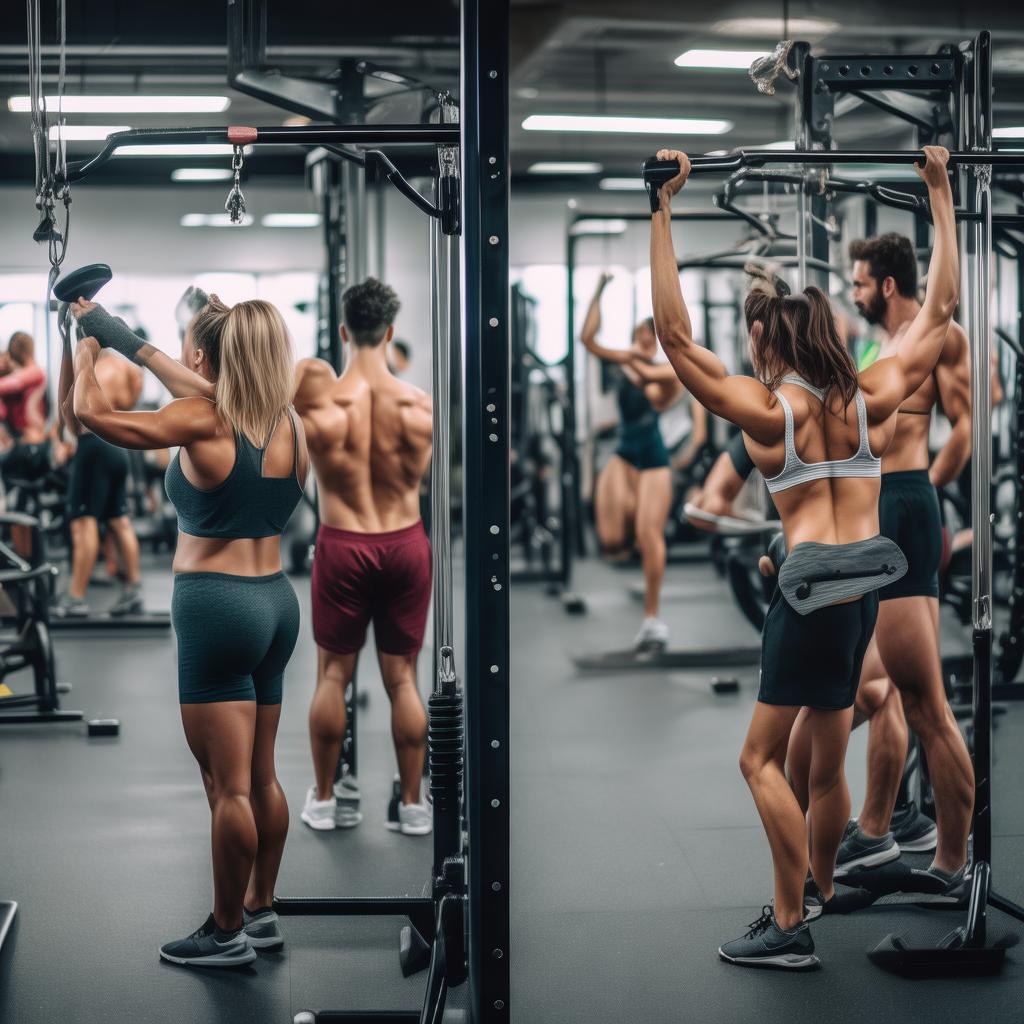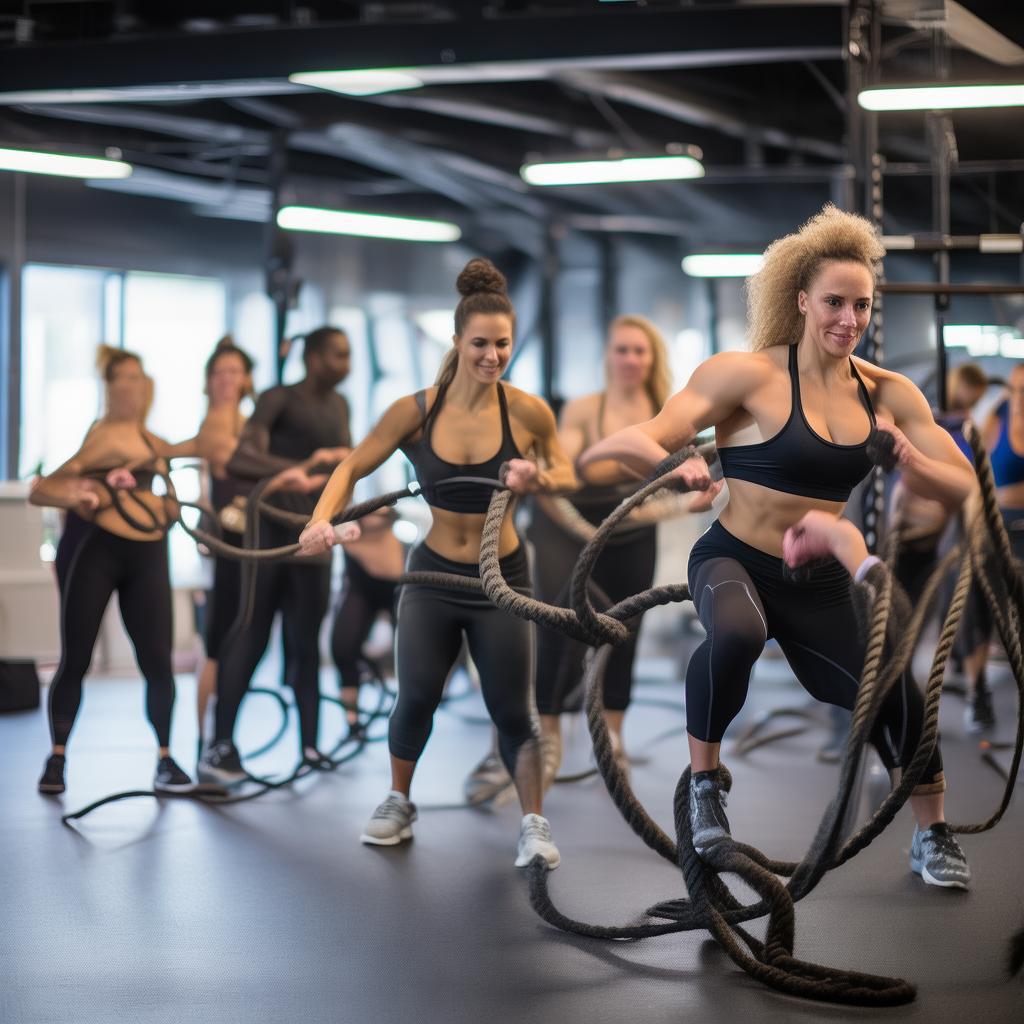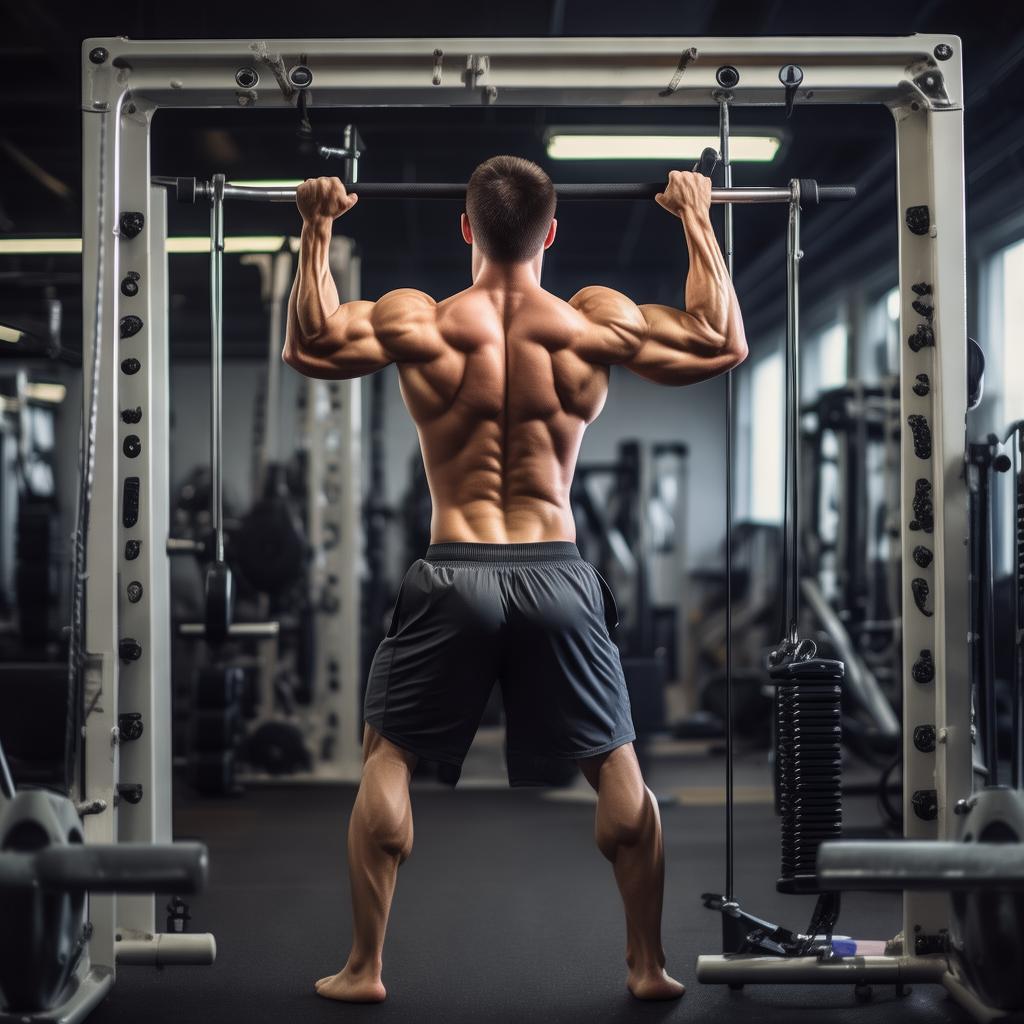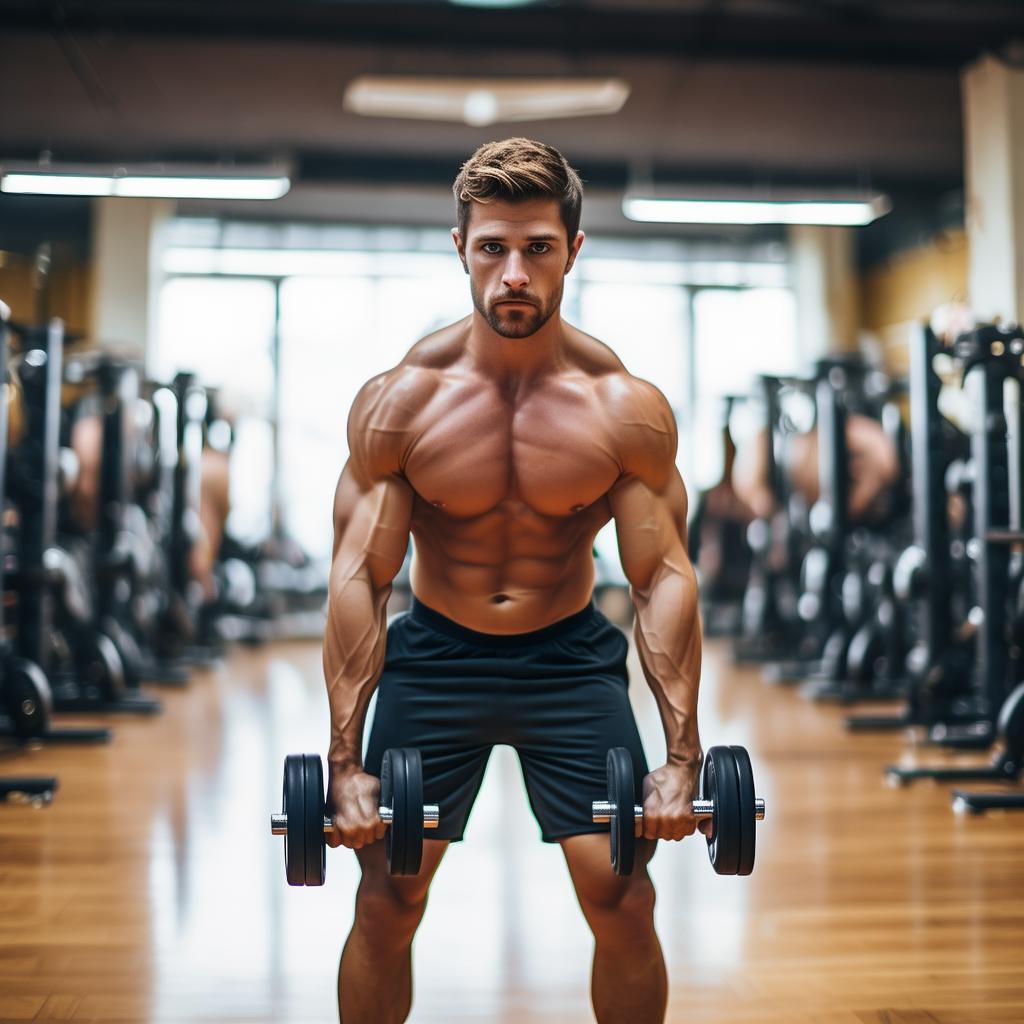Escaping the Comfort Zone for Back Muscle Growth
On September 6, 2023, the question of how to break free from the comfort zone and achieve fuller, better – looking back muscles like pecs emerged. Some may dislike training on fixed equipment due to its limitations on the training trajectory, while others may avoid cardio as excessive cardio can lead to muscle loss. Fitness is about pushing beyond the comfort zone to accelerate muscle growth, and relying on just one training move is simply insufficient. Here, we will introduce some excellent back – training moves one by one.
The Importance of Back Muscles
The back is composed of several muscle groups that form the body’s posterior chain, such as the latissimus dorsi, rhomboids, infraspinatus, and erector spinae muscles. These muscles play crucial roles in body – twisting, bending over, maintaining an upright posture, lifting heavy objects, and protecting the spine. Without a strong back, it is difficult to perform hard pulls, squats, or even excel in functional activities. The following 8 movements can optimize back training.
8 Effective Back – Training Movements
1. Overhead Barbell Row
The overhead barbell row is one of the most effective back exercises. Research has demonstrated its superiority. In a study where 19 men performed several back movements under equal – variable conditions, the overhead row activated almost all back muscles. Compared with other rowing movements like forward/reverse grip pull – ups and high pulldowns, it is more effective in targeting the erector spinae muscles, followed closely by the lower trapezius, latissimus dorsi, and infraspinatus. It is a full – body movement that evenly stimulates the back. For those aiming to develop back muscles to the fullest, it should be the focus of compound movements. Training tips include practicing correct posture with bent knees and a straight back before high – intensity training, pulling the barbell under the chest during the rowing motion for maximum strength, and using it as a first and compound movement with heavy weights during training.
2. Hard Pull
The hard pull is the king of posterior chain movements and is essential in back workouts. There are various hard – pull variations, and choosing the traditional one can work the back while reducing training difficulty. It is not just a back movement but actually engages the entire posterior chain, working all the muscles from the calves to the obliques at the back of the body. Its special feature is maximizing the load and pulling as much weight as the body can handle. Beginners should start with lighter weights, and during the movement, keep the barbell close to the body and fire through the hips to reach the highest point.
3. Pull – ups
Any form of pull – up is beneficial for back training. Research has confirmed that it has superior activation of the latissimus dorsi compared to other rowing movements, even high pulldowns. Although it may seem simple, it has upper – body strength requirements and variations. Most gyms have pull – up assistance and high – pull – down equipment that can build similar muscles. Training tips include performing the whole movement to maximize muscle fiber and strength recruitment, using assistance equipment for beginners or doing the centrifugal part of the movement, and adding a dumbbell between the ankles to increase weight.
4. Backhand Yates Barbell Row
Named after Mr. Olympia Dorian Yates, this rowing movement provides a different stimulus. Using a reverse grip instead of a forward grip stimulates the lower back muscles. Similar effects can be achieved with barbells or Smith machines, with barbells being better for working the stabilising muscles. When doing the backhand row, pull the barbell to the middle of the abdomen for more lower – back muscle stimulation, and choosing a Smith machine can focus on the movement itself without worrying about weight stabilisation.
5. Sumo Hard Pull
The sumo hard pull differs from the barbell hard pull in that it reduces spinal stress and keeps the back and body more upright as it is closer to the body’s center of gravity. The feet should be wide apart with toes slightly outwards, allowing the load to be pulled up in a shorter stroke for balance and an upright torso. Training techniques include pointing the toes outwards, using a front hand grip or a front – and – back grip, firing the legs first and pushing the hips forward with the erector spinae assisting, and it is more suitable for taller people.
6. V – handle Pull – down
Using a v – handle or narrow grip allows for more weight to be used compared to a long bar, making it an ideal choice for muscle building as it works almost all back muscles. The EMG activity of the narrow grip high pull – down is similar to medium or wide grip postures and has a slight advantage over the medium grip. Training techniques include doing 2 sets of 12 – 15 reps with light weights for warming up and then using heavier weights, keeping the elbows tucked in during the movement, not locking the arms during the centripetal movement to avoid biceps stress, and it can be used as a compound or finishing movement.
7. Seated Rope Rowing
Research has shown that rowing is an effective way to stimulate the back, suitable for training the middle obliques, latissimus dorsi, and erector spinae muscles. It helps maintain a straight and healthy spine by improving posture and promoting chest extension. It is also a functional movement that burns calories and trains muscles simultaneously. Training tips include choosing a comfortable and effective handle, choosing high reps to make the most of the functional movement, avoiding borrowing strength and keeping the elbows slightly bent, and it can be used as a starting or finishing movement for back training.
8. Overhead Pull
The overhead pull is a very effective back movement that activates more erector spinae muscles, beneficial for back development and allowing for larger weights to be performed safely. Unlike the traditional barbell hard pull, it starts with the barbell racked at about knee level, with the legs pulling up the barbell for about a third of the movement and the torso completing the final pull – up. If balance or stability is an issue, a Smith machine can be used, but for building stable muscles, a barbell is a better option.
There are multiple ways to train the back, and a single move cannot provide comprehensive muscle stimulation. For a deeper back stimulation, these 8 moves can make your back wider and better!





